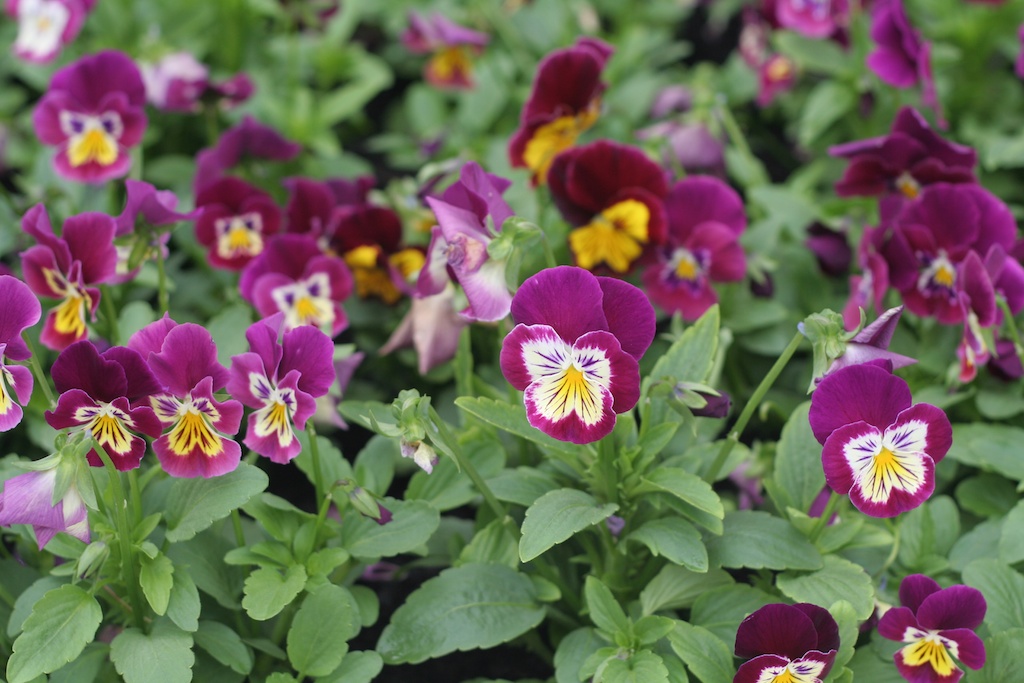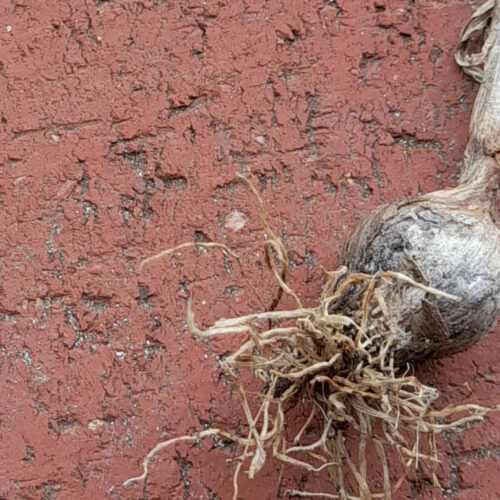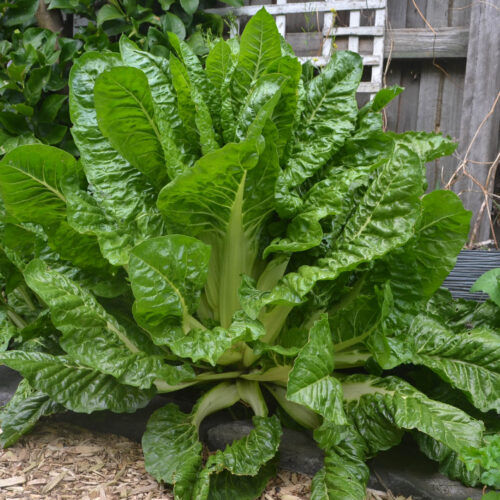Suffer from hay fever?
2015-08-12T03:59:25+10:00
As the hay fever season approaches, PENNY WOODWARD looks at how sufferers can keep gardening.
The hay fever season is not far away so now is a great time to review your garden and remove any plants that might be causing you problems.
Plants that can trigger pollen-induced allergies come in all shapes and sizes but they are mostly wind pollinated. Some of the worst offenders are introduced grasses, especially lawn grasses. Even when the lawn is kept short they will still flower and cause problems, so if grass pollen affects you, get rid of the lawn. Use other low ground covers or paving and gravel. If you want to keep your lawn then get someone else to mow it. If you want to use grasses in decorative settings, then stick to native grasses like kangaroo and wallaby grass.
Check the list below for other problem plants and replace them with some of the low-allergy plants also listed. Bird or insect pollinated plants are generally safe (plants with brightly coloured flowers are usually insect or bird pollinated) but there are exceptions. Plants in the daisy family (Asteraceae), although not wind-pollinated, produce pollen that can cause severe allergic responses in some people. Asters, chamomile, chrysanthemums, marigolds and zinnias are all in this family.
Many bushes and trees produce allergy causing pollens — privets are one of the worst but there are many others. Wattles, which frequently get a bad press, are not as bad as they are painted.
Another point worth noting is that pollen comes only from male flowers — so if you have a choice (for example junipers, yews and bay have male and female forms) plant only female trees. If you suffer badly from pollen induced hay fever or asthma then encourage your local council to plant only low-allergy plants, or particular trees that don’t produce masses of wind-blown pollen. If your nearby parks or the neighbour’s garden contain high pollen-producing plants then try growing tall, low-allergenic screening plants along the fence line — they will filter out a lot of the air-borne pollen.
Also try minimising your exposure to pollen by not gardening on windy days, installing drip irrigation, rather than sprays (this reduces the spread of pollen grains) and removing all weeds.
Strongly scented plants can also be a major irritant for some people, so make sure these are never planted under windows and, if a severe problem, exclude them from your garden altogether. By carefully selecting the plants in your garden and changing some of your garden practices as outlined above you should be able to have your garden and enjoy it too.
High allergy plants
Introduced lawn and pasture grasses, most plants in the daisy family (Asteraceae); also alders, ash, asthma weed, birch, casuarina, cypress, elm, grevillea ‘Robert Gordon’, liquidamber, maple, oaks, olive, plane, plantain, poplar, privet, rhus, rue, wattles, white cedar, willow
Low allergy plants
Most native plants including native grasses; most annuals, perennials and bulbs; most herbs; cactus and succulents; also abelia, azalea, banksia, baekia, begonias, callistemon, camellia, citrus, gardenia, hakea, impatiens, lilly pilly, magnolia, melaleuca, palms, pansy, plumbago, rhododendron, roses, salvia, tibouchina, viburnum
These lists are by no means exhaustive, for more information contact The Asthma Foundation in your state






